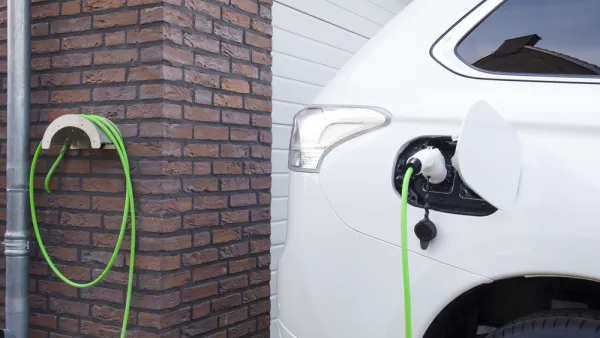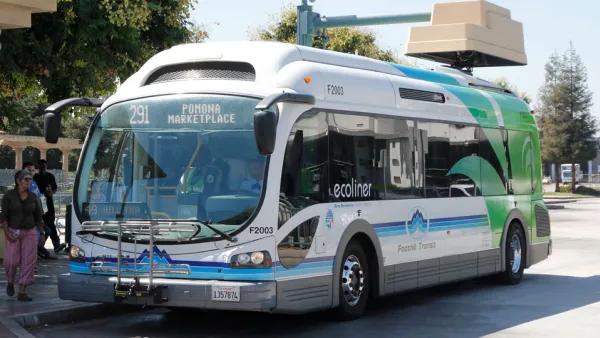As California continues to set a national example for greenhouse-gas emission reductions while meeting the goals of AB 32, the state must grapple with new regulatory issues around energy.
The California Public Utilities Commission is one of the bodies charged with finding answers to these complex questions. CPUC Commissioner Carla Peterman, an authority on energy policy in the state who previously served on the California Energy Commission, speaks to electric-vehicle and energy-storage regulation. She offers an optimistic outlook on both of these topics, taking into account market responses to CPUC initiatives:
"We as a state, through the CPUC, adopted first-in-the-nation targets for energy storage—1.325 gigawatts by 2020 last fall. When we first set out the proposal, there were questions about whether it would be possible and whether there would be market interest. We’ve seen tremendous interest already. We’re in the process of working through the utility applications for the first solicitations this fall. Southern California Edison, as an example, has already done a solicitation for 50 megawatts of energy storage, on the commission’s orders. They had over 500 bids, which is a lot of industry response."
She goes on to discuss ZEVs: "We’ll have at least 100,000 electric vehicles by September in California. We’re in the nineties now. That will be an exciting marker. Watching the sales trends is my favorite part. Compared to last year, are sales increasing continuously? We’re seeing that. In 2015, a number of automakers are planning to have a next-generation version of their cars. Going forward, I think we’ll be seeing more models and more choice for customers."
FULL STORY: Carla Peterman on CPUC’s Evolving Energy Regulations

National Parks Layoffs Will Cause Communities to Lose Billions
Thousands of essential park workers were laid off this week, just before the busy spring break season.

Retro-silient?: America’s First “Eco-burb,” The Woodlands Turns 50
A master-planned community north of Houston offers lessons on green infrastructure and resilient design, but falls short of its founder’s lofty affordability and walkability goals.

Delivering for America Plan Will Downgrade Mail Service in at Least 49.5 Percent of Zip Codes
Republican and Democrat lawmakers criticize the plan for its disproportionate negative impact on rural communities.

Test News Post 1
This is a summary

Test News Headline 46
Test for the image on the front page.

Balancing Bombs and Butterflies: How the National Guard Protects a Rare Species
The National Guard at Fort Indiantown Gap uses GIS technology and land management strategies to balance military training with conservation efforts, ensuring the survival of the rare eastern regal fritillary butterfly.
Urban Design for Planners 1: Software Tools
This six-course series explores essential urban design concepts using open source software and equips planners with the tools they need to participate fully in the urban design process.
Planning for Universal Design
Learn the tools for implementing Universal Design in planning regulations.
EMC Planning Group, Inc.
Planetizen
Planetizen
Mpact (formerly Rail~Volution)
Great Falls Development Authority, Inc.
HUDs Office of Policy Development and Research
NYU Wagner Graduate School of Public Service




























